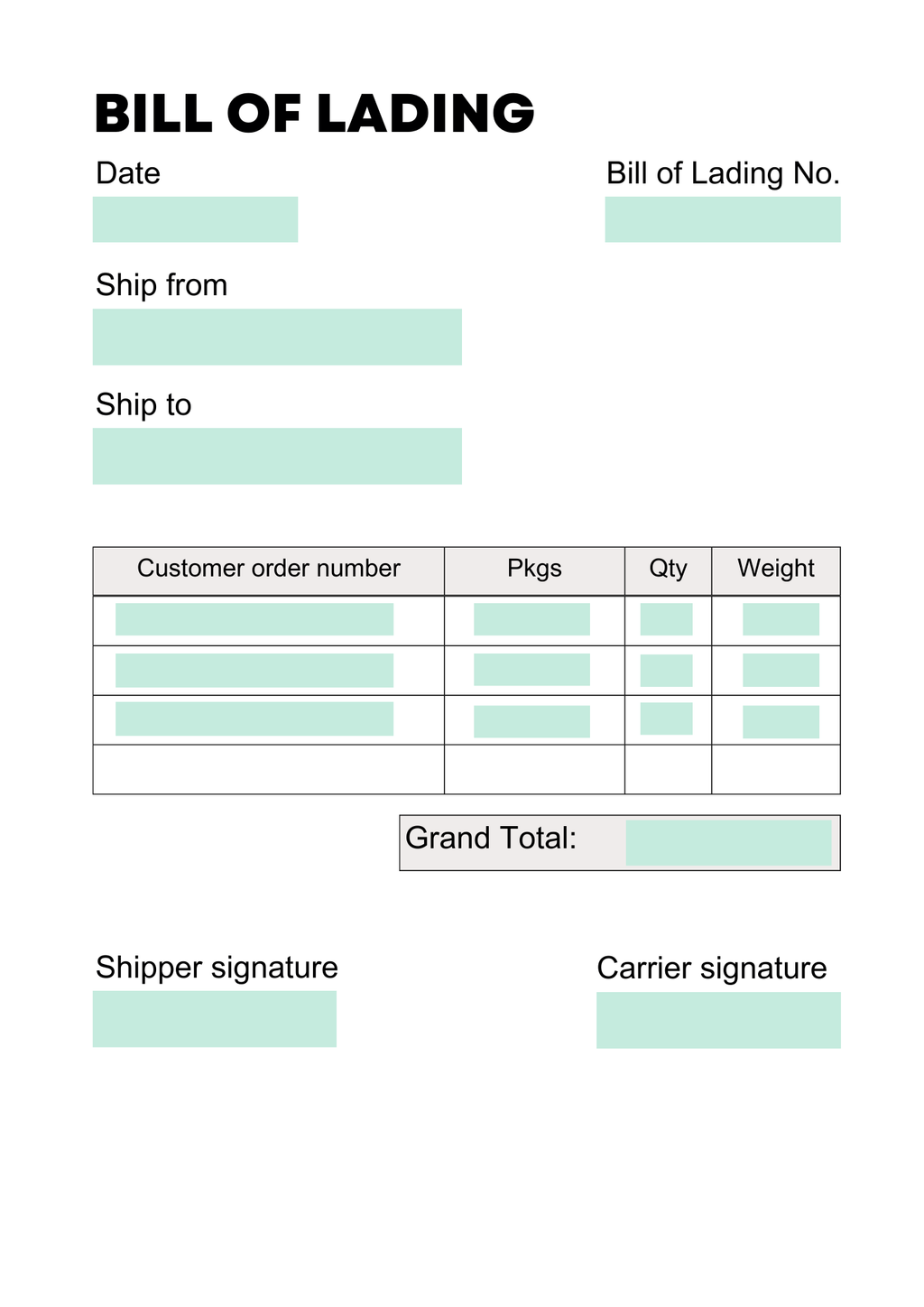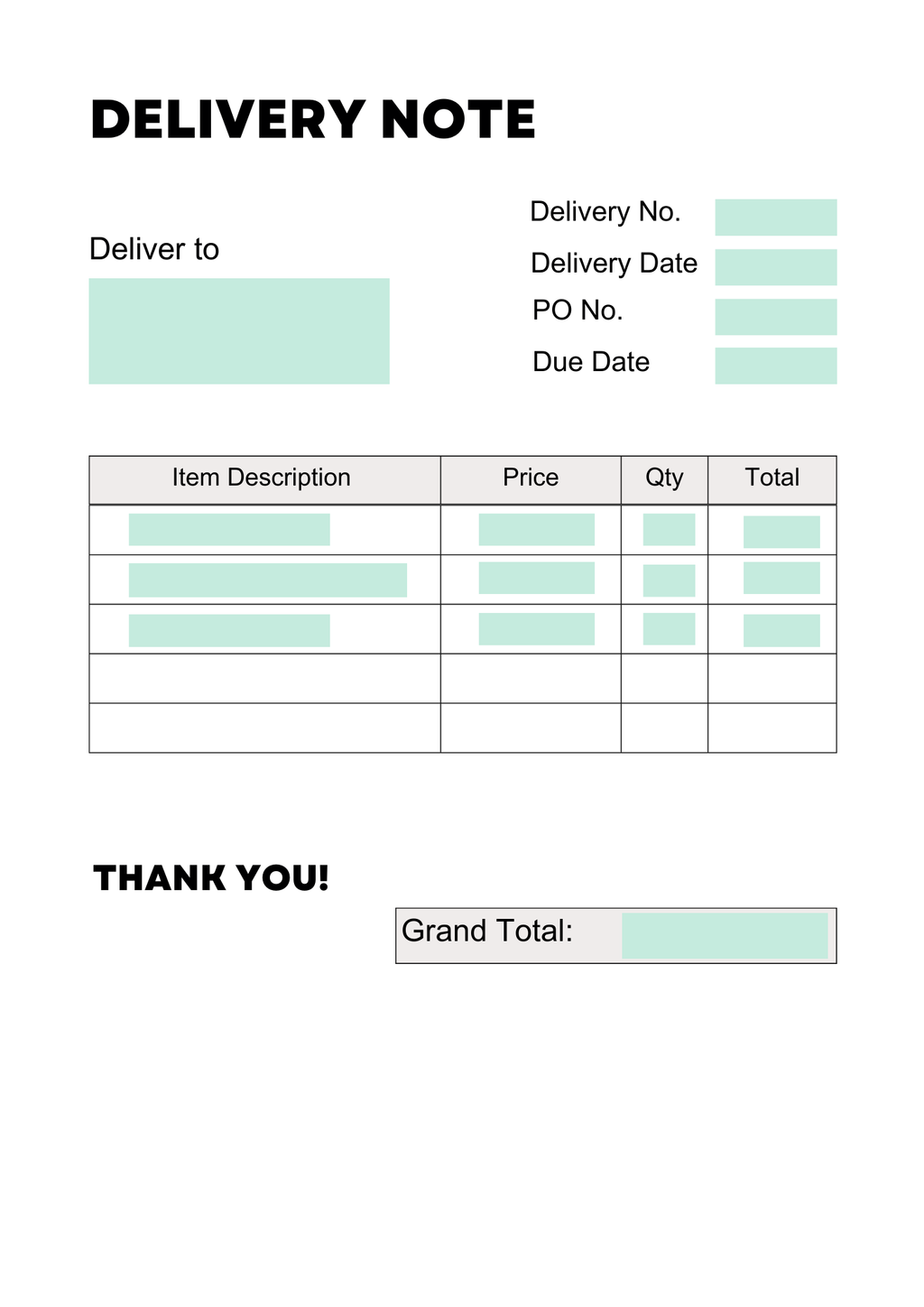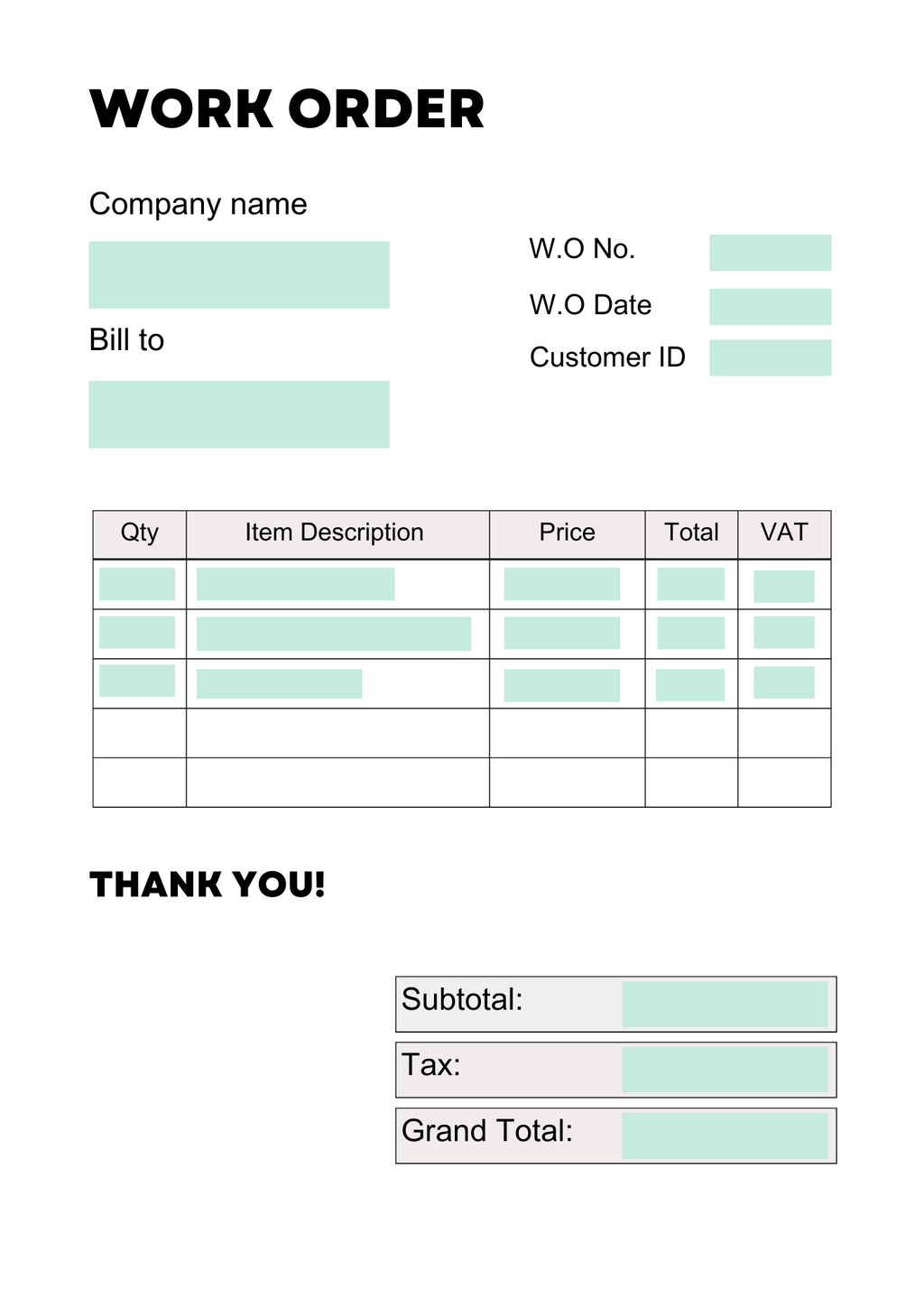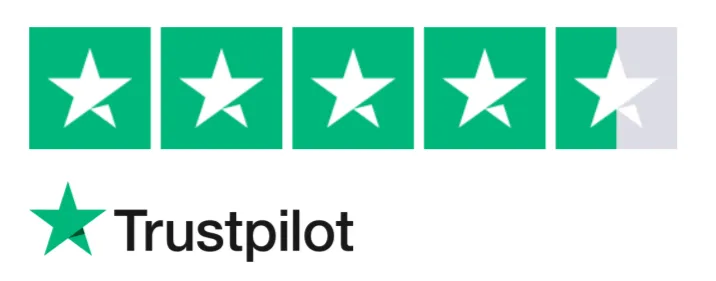The bill of lading is a critical document in international trade, but processing and managing it can be a complex and time-consuming task. Whether you're a logistics manager, freight forwarder, or importer/exporter, Parseur's bill of lading automation is a must-have tool for optimizing your workflow and improving your efficiency.
In this article, we are going to explain how bill of lading automation can help you reduce errors, eliminate bottlenecks, and achieve your business goals.
What is a bill of lading?
A Bill of Lading, or a BoL, is a document of title to goods being shipped from one shipper to one or more consignees. It is issued by a carrier to the recipient or consignee which states that the goods have been received for shipment and/or for transportation.
Why should you automate a bill of lading?
Automating a bill of lading is like automating any other process in your business. It will save you time and money and make your logistics operations run more smoothly. By automate your bill of lading data extraction workflow, you can automatically send the content of any bill of lading to other software use use, like for example your accounting software, your custom's declaration workflow, your shipment tracking system or your customer notification platform.
If you're still trying to decide whether or not to automate your bill of lading process, here are four key benefits to think about:
Time-saving
A completely automated solution will save you hours of work every day. As a result, you'll be able to pick up new orders without having to wait for someone to manually copy the BoL information into your systems.
Cost-effective
Automation will lower your costs in two key ways: first, it reduces paper waste and eliminates the need for paper storage space. Second, it helps minimize errors that could lead to costly legal fees, fines... or angry clients.
Improving compliance
Automation demonstrate your have a proven, highly reliable process to manage your shipment data. This helps ensure that your shipments and your business as a whole stay compliant with all relevant laws and regulations.
Security enhancement
Automating the paperwork also means automating access control. For example, with an electronic bill of lading system, only the shipper and the carrier can get access to it unless stated otherwise.
The adoption of eFBL is a step forward towards increasing the security of the logistics and shipment department. - Handy Shipping Guide, March 2022
How to automate a bill of lading?
There are many ways to automate the bill of lading. One of them is to go paperless fully digitize the process. An electronic bill of lading (e-B/L) is an electronically trackable, and verifiable shipping receipt that will be used instead of a paper bill of lading. Everything is digitalized with a seamless workflow and stored in cloud.
Paperless BL is a game changer in the shipping industry
- CMA CGM, 2018
But this solution is still quite new and mostly retained by large shippers nowadays. The fact of the matter is today, most bills of lading are still scanned sheets of paper converted into PDF.
Fortunately this is where Parseur will come in handy and fully automate your paper-based or PDF-based bill of lading workflow.
Using Parseur for bill of lading automation
Our advanced PDF parser solution is a point and click editor which allows you to quickly teach Parseur what data to extract from your BoLs. You can send the document to the Parseur app via email or upload it directly. If you have BoLs with various layouts, simply teach Parseur once where to find which data on each of them. Then, Parseur will always pick up the right template and process it instantly thanks to our automatic layout detection feature.
Parseur uses an advanced OCR engine (optical character recognition) and machine learning algorithms to identify texts and images in PDFs. Our PDF parsing tool is built for heavy duty and will process thousands of documents within minutes!
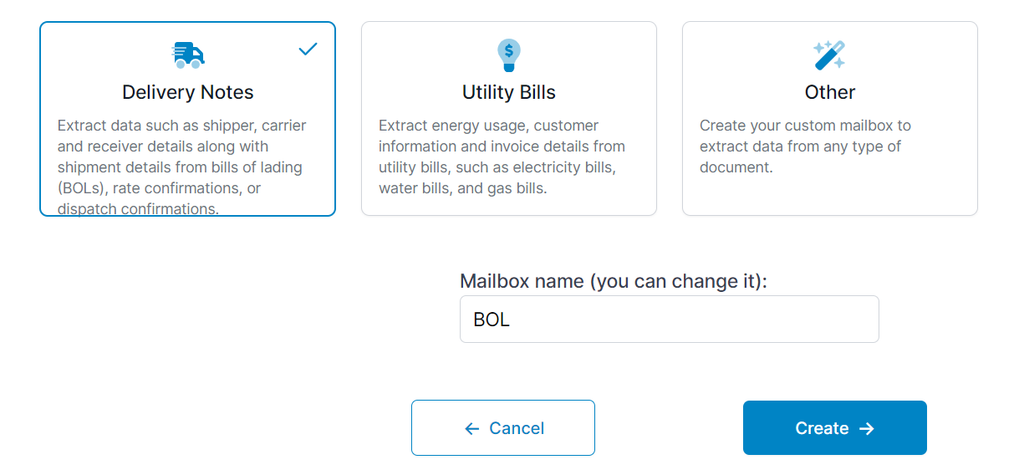

The parsed results will look like this:
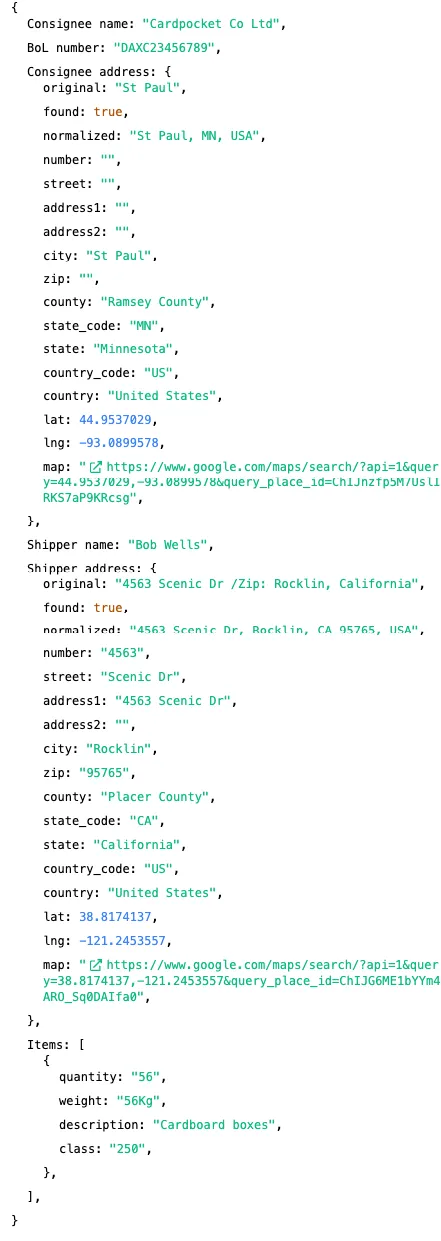
The parsed data can be downloaded as Excel or CSV or sent instantly to any application or data warehouse of your choice via Zapier, Make and Power automate.

Streamlining bill of lading processes
The bill of lading is an important document in the transportation and logistic business. Manually processing B/Ls will likely result in human errors and inaccuracy. Automating documents with technologies will help resolve those issues and move your company to a paperless environment.
Related article
Last updated on

